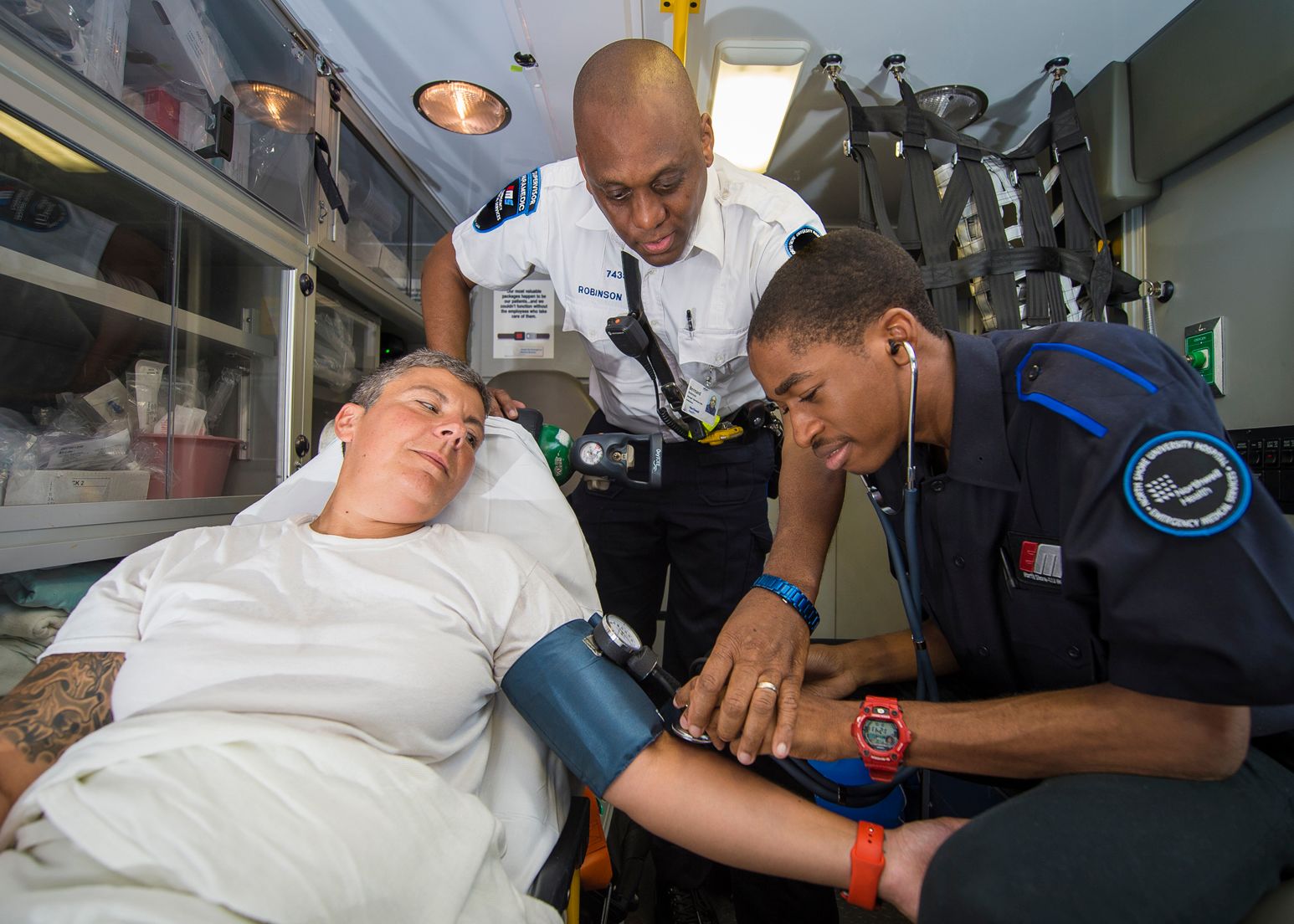The field of emergency medical services is a crucial one and a career in it can be extremely rewarding. It’s about helping people and providing life-saving medical care. If you’re contemplating becoming an Emergency Medical Technician (EMT) or even progressing into the highly sought-after post of paramedic, you’re entering a profession that has tremendous growth opportunities and high demand for skilled professionals. In this article, we’ll take you through the steps to become an EMT and paramedic. We’ll look at the different training options available, including DSHS certified EMS training course.
Understanding the role of EMTs and Paramedics
Emergency Medical Technicians, also known as paramedics or EMTs are the primary responders in emergencies. They offer immediate assistance. They are trained to assess and treat patients as well as take them to medical facilities to receive further treatment. EMTs and paramedics play a crucial role for stabilizing patients during critical situations, taking split-second decisions and offering compassionate care during times of distress. For more information, click How to Become EMT

Step 1: Become an EMT:
You must complete the required education and training course as well as the required education and training program, which can vary based on the certification level you’re aiming for. Three levels of EMT certification are available:
1. EMT-Basic (EMT-B): This is the simplest certification and is based on 100-150 hours of training. EMTs are educated in basic medical treatment, including CPR and bleeding control, and the basics of managing airways.
2. EMT-Intermediate: This is a degree that requires additional training. The amount of additional training is different from one state to another. In certain areas, this level is paired with EMT-B. In other places the range of training is from 200 to 400 hours, which includes advanced medical expertise as well as intravenous therapy and other advanced skills.
3. EMT Paramedic (EMT P) EMT-P is the highest level of certification for EMTs. The training required to earn this credential typically ranges from 1,800 to 1,000 hours. Paramedics are trained in the latest medical procedures, including taking care of patients in the form of EKGs, interpretation of EKGs, as well as the management of airways that is advanced.
Step 2: Requiring Paramedic Certification:
To qualify as a paramedic, you need to first pass the EMTB or EMTI levels and gain some experience in the field. You’ll then be able to join an ambulance course that typically takes between one and two years to complete. During the comprehensive training you’ll be exposed to the most advanced medical topics. You’ll also gain the skills and knowledge required to tackle urgent circumstances.
Explore EMT possibilities for training:
You can choose from a range of EMT classes, based on the level of your certification. EMT training is typically provided by medical trade schools and community colleges that cater to all certification levels. These programs combine the classroom with hands-on experiences in clinical and field settings.
Schools and universities provide EMT programs at the EMT/Paramedic Level in the event that you’re looking for an extensive, in-depth EMT training that leads to an undergraduate degree. These programs will give you a more comprehensive understanding of emergency medical procedures, providing you a broader perspective on patient care and medical decision-making.
Step 4: Ensure that the DSHS has approved EMS training
For students who are interested in becoming EMTs and paramedics, it is essential to ensure that the education program you select is DSHS certified. The Department of State Health Services accepts EMS courses to ensure they meet high standards of competency and education. You can rest assured that you will be getting the highest quality training when you enroll in a DSHS certified EMS training course.
Paramedics and EMTs are highly regarded professions. As first responders, EMTs and paramedics play vital roles in saving lives and offering urgent medical attention in emergency situations. If you’re aspiring EMTs or paramedics to embark on this life-saving adventure, they must complete all the necessary education and training programs. People can choose from a wide range of EMT programs, depending on the level of certification they want to attain. These include medical schools, community colleges, and university courses.
While you are considering alternatives to training, it’s crucial to make sure that the EMS training course is DSHS approved by the DSHS. If you do this you will be able to rest assured that you’re receiving top quality education that meets the necessary requirements to obtain EMT and paramedic certification.
The need for emergency medical specialists is growing. Being a part of the field of EMS can offer you many career opportunities as well as the possibility of having an impact on other peoples’ lives. It is possible to start as an EMT or move toward paramedic status. Your dedication to providing critical medical care will be rewarded by an rewarding career.
